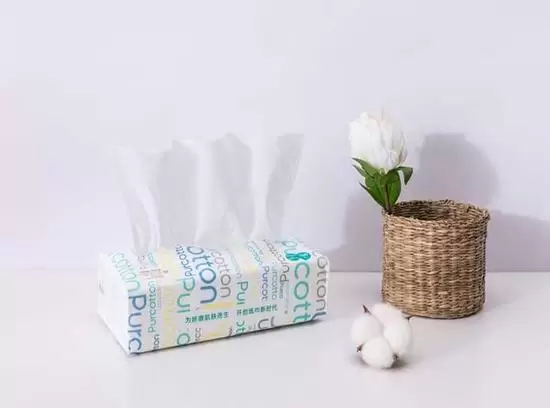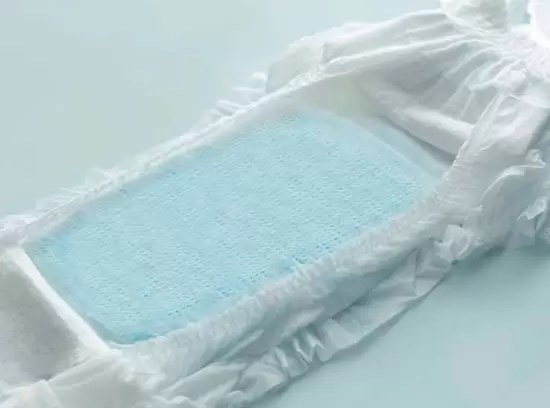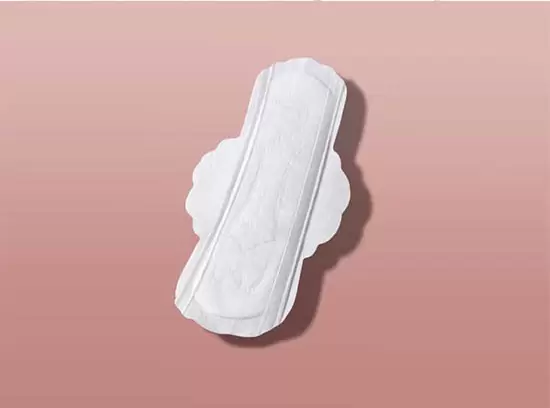Diapers are a necessity for babies and will stay with them for about 2 years. Because of the long use cycle and close-to-body use, parents are more cautious about the purchase of diapers. Today, We will talk to you about diapers through several aspects of the types of infant diapers.
1. The types of infant diapers
Many people think that diapers and pull-up pants are the same, but in fact the two are very different.
Diapers: The front and back waists are fixed with waist stickers, and adults need to control them to put on and take off. It is mainly used from the baby was born to the toddler. Some brands of diapers in bulk wholesale are also divided into men and women types. The difference is the thickness of the front and back. The front of the diaper for boys is more absorbent, and the water absorption of the diaper for girls is equal.
Pull-up pants: It has an embracing elastic waist, like panties, and it is more convenient to put on and take off. It is usually used after the baby is one year old. At this time, the baby starts to walk and can start to train the baby to pee. It is more convenient to pull up the pants. Some parents help put on pull-up pants when the baby crawls, so there is no problem.
2. The purchase points of infant diapers
(1) Absorption performance
Absorbency determines the quality of diapers. Quality diapers made by trusted baby diaper manufacturer absorb quickly, which can reduce the time that urine is in contact with the skin and reduce the probability of the baby suffering from diaper rash; the large amount of water absorption can reduce the frequency of replacement, so as not to disturb the sleeping baby.
(2) Anti-reverse osmosis effect
Quality diapers have no or very small amount of re-osmosis. The diapers can keep dry and will not make sleeping babies unable to sleep peacefully with wet diapers, and also reduce the chance of diaper rash.
(3) Leak-proof design
The leak-proof design of diapers is very important, mainly focusing on the leakage of the thigh and the back of the waist.
(1). Thigh side leakage. Pay attention to the size of the anti-leakage partition, and also see whether the anti-leak partition is double-layered or single-layered. At the same time, pay attention to whether the leg leak guard is too tight and uncomfortable for the baby.
(2). Leakage behind the waist. Pay attention to the size of the waist height. If the size is relatively small, excrement may leak from this position.
(4) Soft texture
The skin of infants and young children is relatively delicate. If the eco friendly diapers are not soft enough, they will easily rub against the baby’s skin, which will make the baby very uncomfortable and may cause the baby’s skin to become red.
(5) Breathability
Breathability is very important, because the baby’s skin area is smaller than that of adults, and the pores are much smaller than that of adults, but the amount of perspiration is not much less than that of adults. Diapers with good breathability from wholesale baby diapers suppliers will keep the baby’s butt in a comfortable environment, which can avoid problems such as heat rash and rash.
(6) Cut to fit
The size of each brand of baby diaper wholesale is different, and the body shape of each baby is also very different. It is necessary to choose a diaper that is suitable for the baby. Even if the advanced design is U-shaped, there are still differences. It is recommended to buy a small package for trial, and find the best brand for your baby after trying on many times.
(7) Lump
There is no problem with the lump itself. What needs to be paid attention to is whether it is soft or hard. Hard lumps indicate that the content of absorbent resin is too high and the mixing condition is not good. This is a design and product problem. The soft lump has no effect on the use at all, because it does not affect the baby’s activities and use. Therefore, there is no need to criticize brands for lump, and if there is a fault, complain the platform for selling fake products. The focus of quality diapers is water absorption and dryness. Don’t put the cart before the horse.













